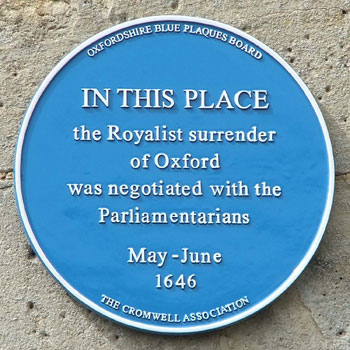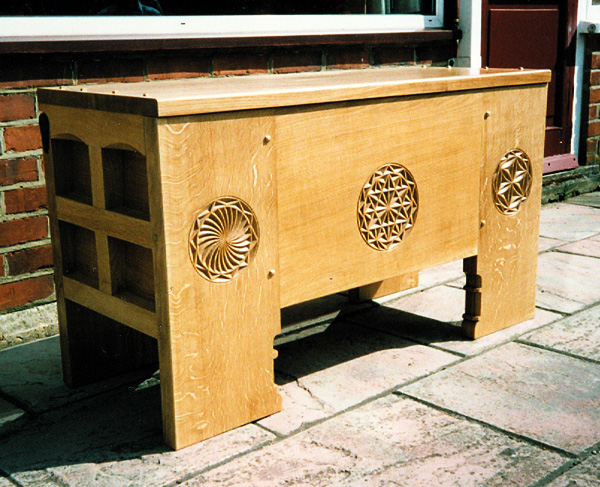Information provided by the OLHA (www.olha.org.uk)
4th– Eynsham – Richard O Smith “Oxford Eccentricity” (with seasonal refreshments). Church Hall, Thames Street, 7:30pm.
5th – Bensington – Anthony Church “Tales from an Oxfordshire Town Crier”. Benson Parish Hall, 7:30pm, followed by buffet supper.
5th – Wootton & Dry Sandford – Christmas and 25th Centenary Social. Community Centre, Lamborough Hill, Wootton, 7.30pm.
8th – Chipping Norton – Shaun Morley “Soup Kitchens, Clothing Clubs and Coal for the Poor”. Methodist Church, West Street, 7:30pm.
8th – Goring & Streatley – Alan Turton “The Mary Rose”. Goring Village Hall, 2:30pm.
9th – Cowley – Colin Oakes “Plague and Fire: The Life and Works of Samuel Pepys”. Temple Cowley United Reformed Church, Temple Road, 8:00pm.
9th – Marcham – Christmas Social. Marcham Church, 7:45pm.
11th – Banbury – Jon Stobart “A World of Goods: Shops and Shopping in Georgian England”. Banbury Museum, Spiceball Park Road, 7:30pm.
11th – Didcot – Gary Lock “Living with the White Horse – Excavation at Ridgeway Hill Fort”. Northbourne Centre, Church Street, 7:30pm.
11th – Longworth – Christmas Feast accompanied by Christmas stories from Colin Oakes. Southmoor Village Hall, 7:30pm.
12th – Charlbury – Dick Robinson “Sister Edith Appleton – Front Line nurse and diarist in the Great War”. Memorial Hall, Browns Lane, 8:00pm.
12th – Finstock – Christmas special: members of the cast of ‘Singing Histories’ perform a sketch set during WWI. Village Hall, 8:00 pm.
12th – Wallingford – Susan Ronald “Hildebrand Gurlitt, Nazi Art Looter”. Town Hall, 8:00pm.
15th – Bicester – Bob Hessian “Bicester Pubs”. Clifton Centre, Ashdene Road, 7:30pm.
15th – Kennington – Shaun Morley “Drunk and Riotous: Oxford’s Friendly Societies”. Methodist Church, Upper Road, 7:45pm.
16th – Iffley – Malcolm Graham “Oxford: The Home Front in the Second World War”. Church Hall, Church Way, 7:30pm.


